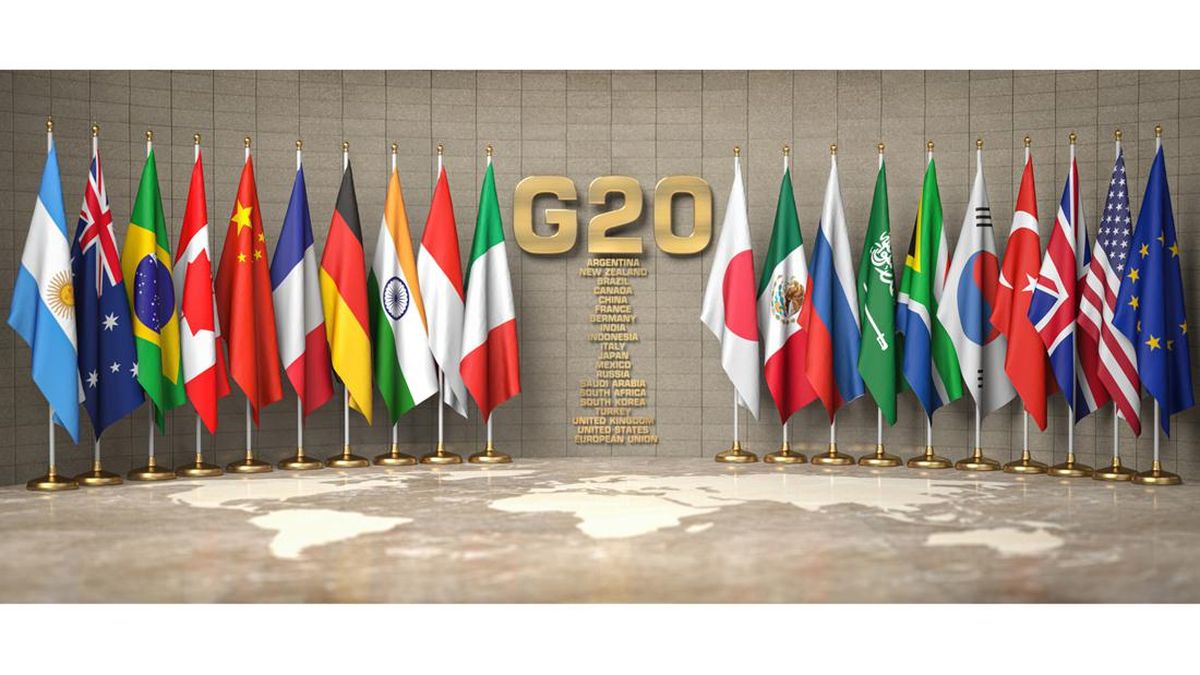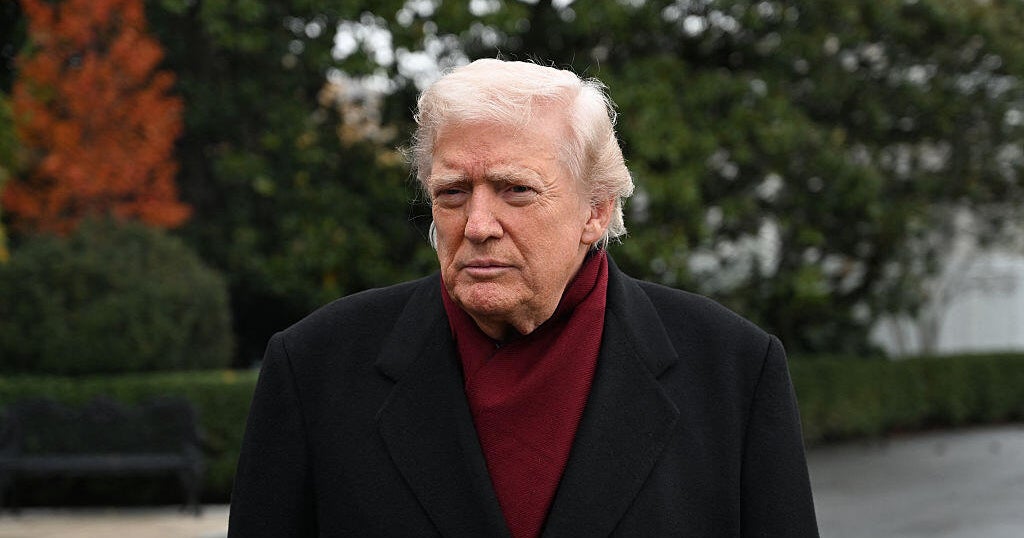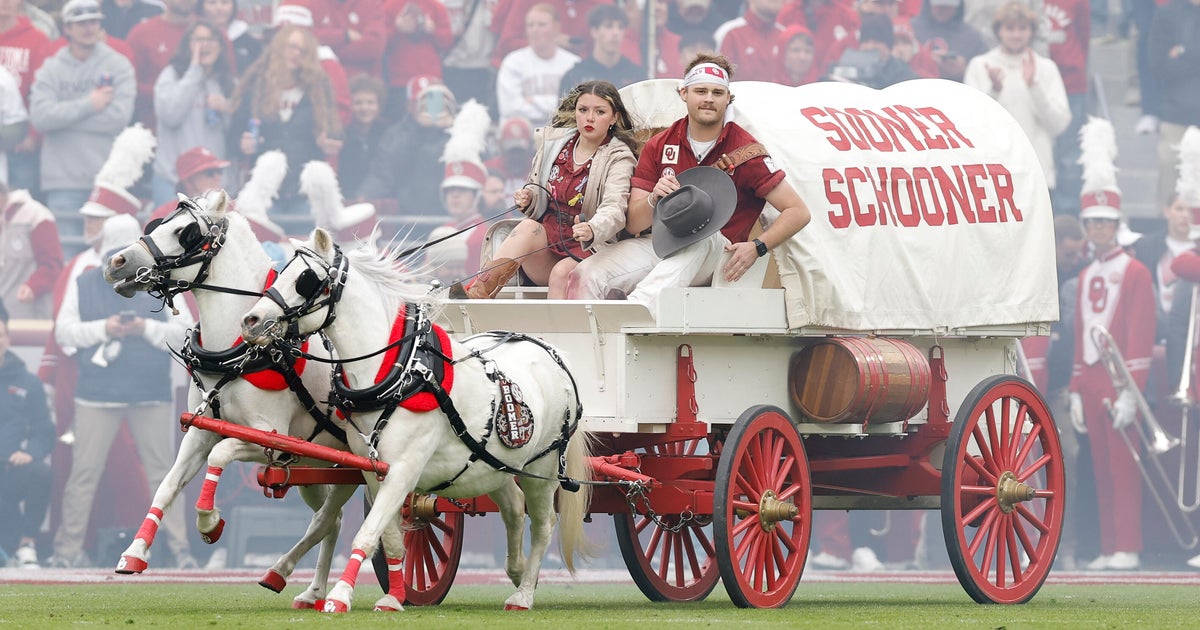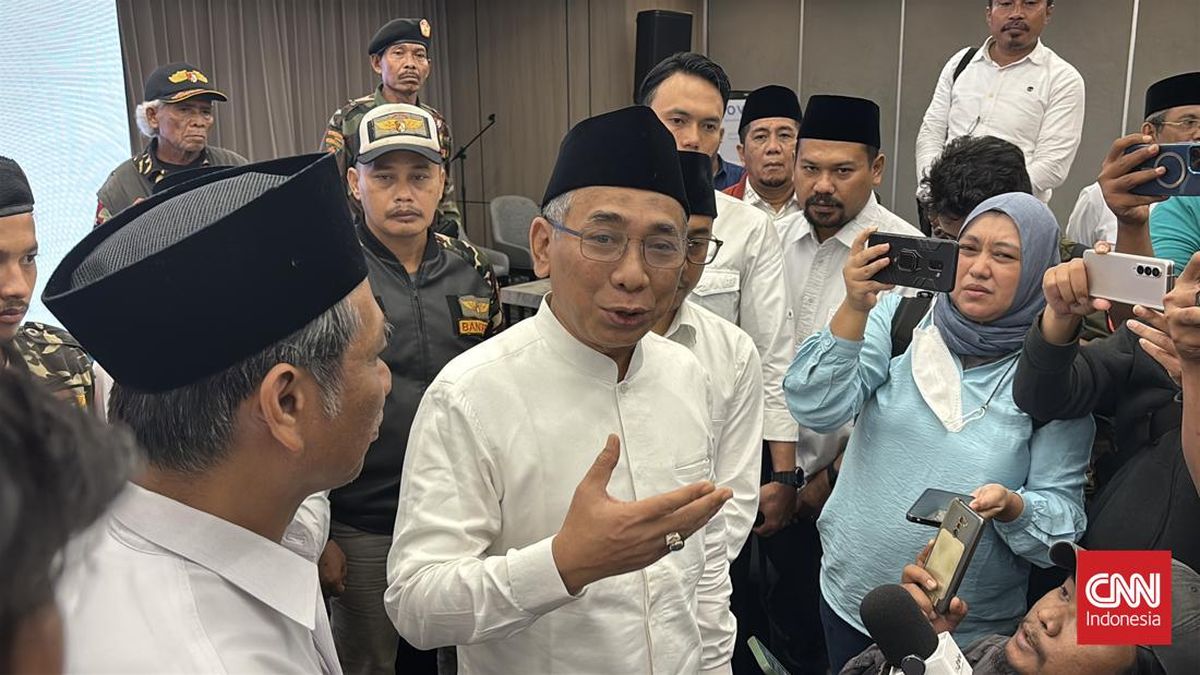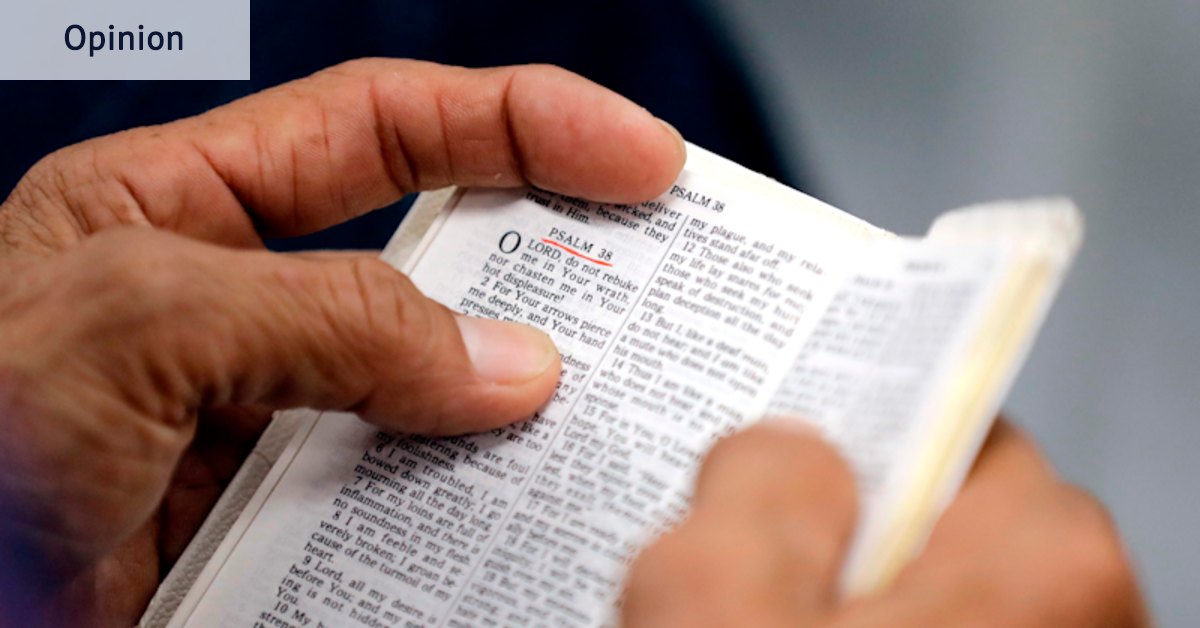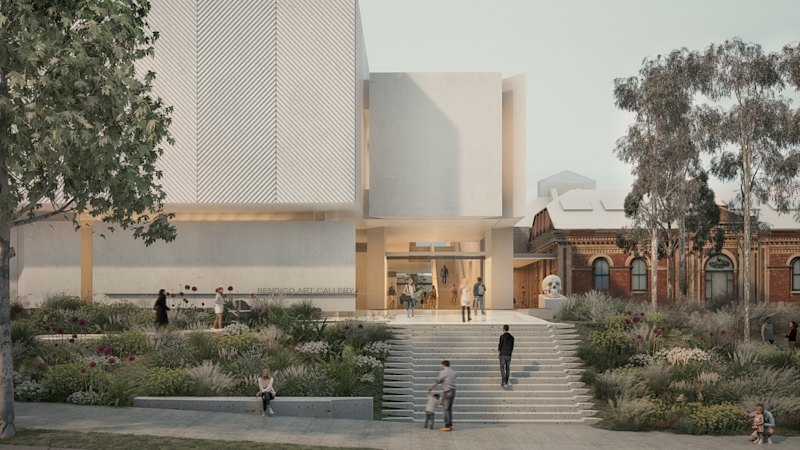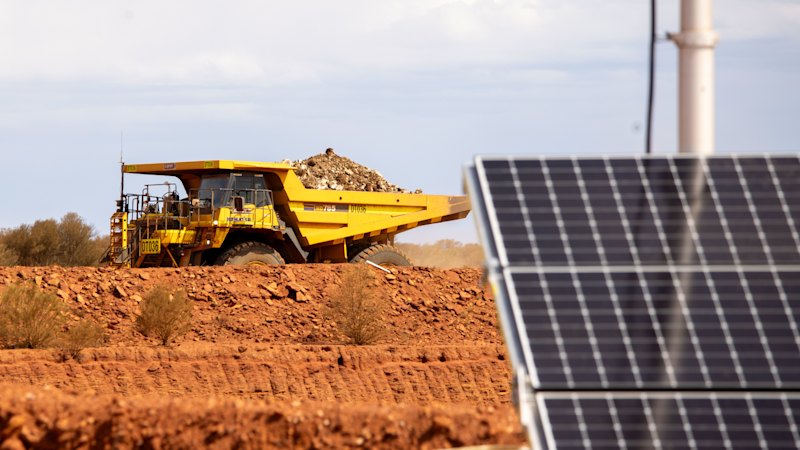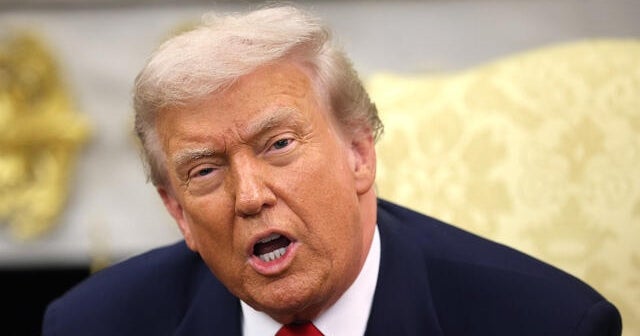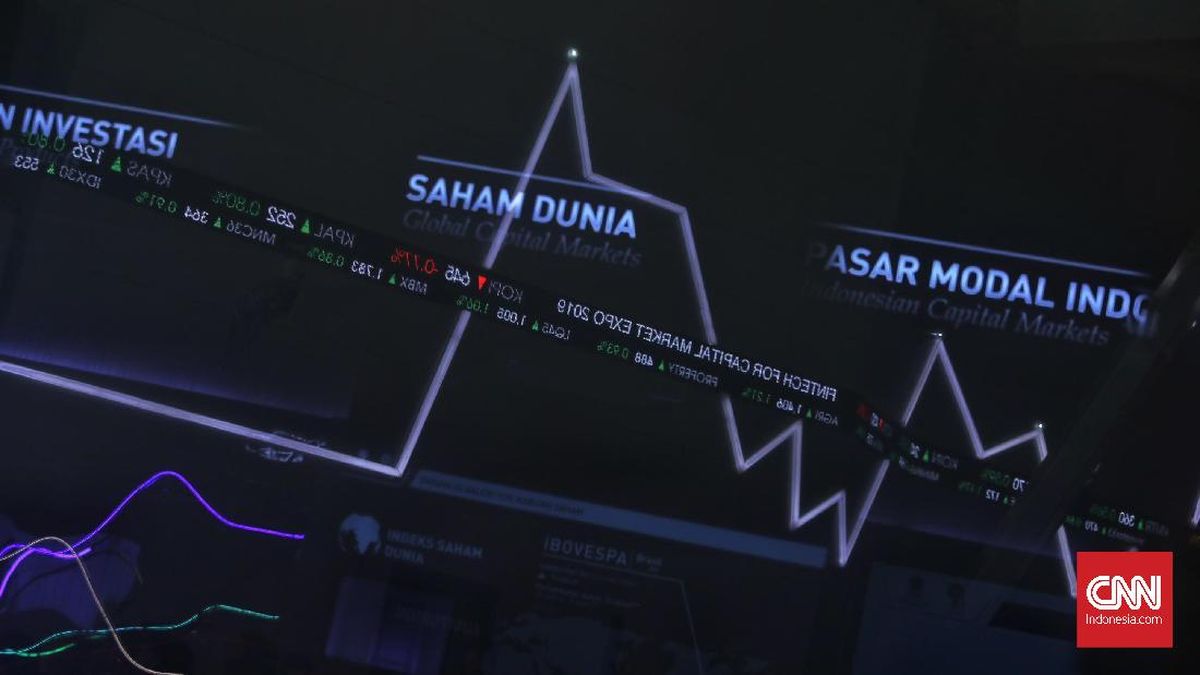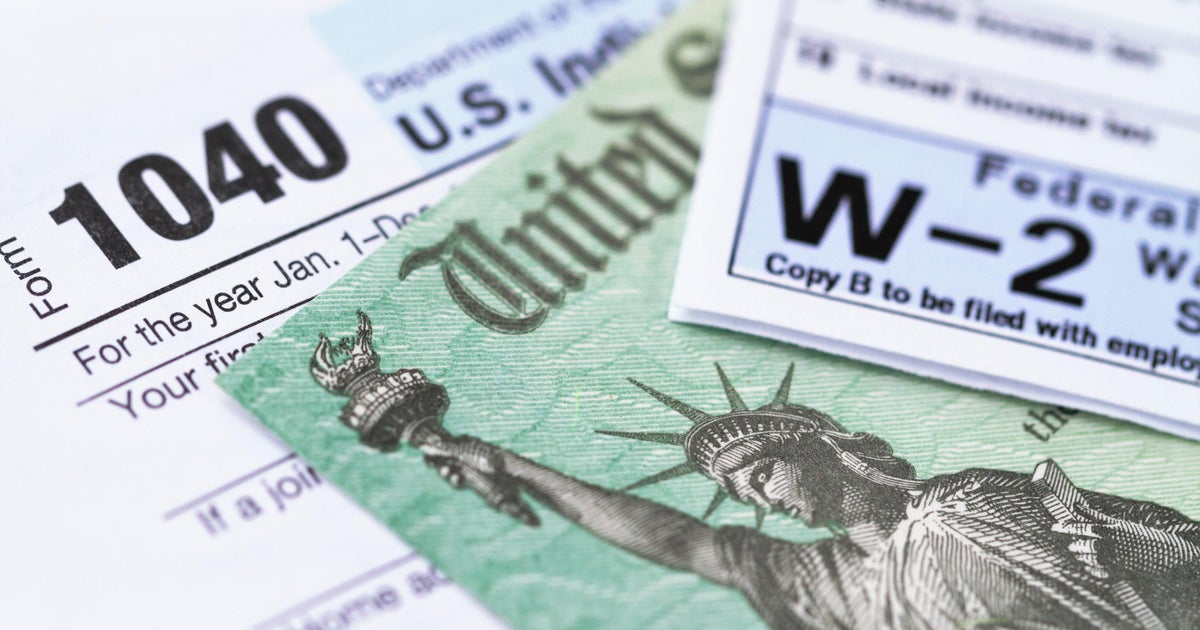Washington: The incoming chief of US Navy operations has warned the US will not be able to fulfil its AUKUS obligations without doubling its submarine-building capacity, in a fresh sign of the doubts over whether the agreement can be honoured.
Meanwhile, this masthead can confirm Australia’s second $800 million payment to help the US build nuclear-powered submarines was made in June, when the Australian government was already aware of the Pentagon’s review of AUKUS.
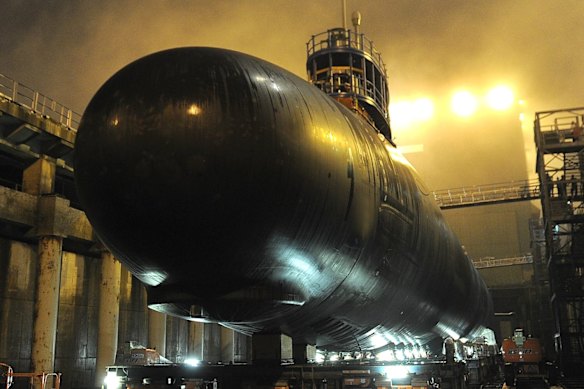
The USS North Dakota, a Virginia-class boat of the type Australia would acquire under AUKUS.
Admiral Daryl Caudle, President Donald Trump’s nominee as chief of navy operations, told his confirmation hearing it was not yet certain the US defence industrial base was capable of producing enough Virginia-class nuclear-powered submarines to sell three to Australia.
“As you know, the delivery pace is not where it needs to be to make good on Pillar 1 of the AUKUS agreement, which is currently under review by our defence department,” he said last week.
“I think rightly so. We do have to understand whether the industrial base can produce the submarines required so that we can make good on the actual pact that we’ve made with the UK and Australia.”
Across the two US shipyards that build the submarines, the current delivery rate is about 1.2 boats a year, but needs to reach 2.2 to 2.3 a year.
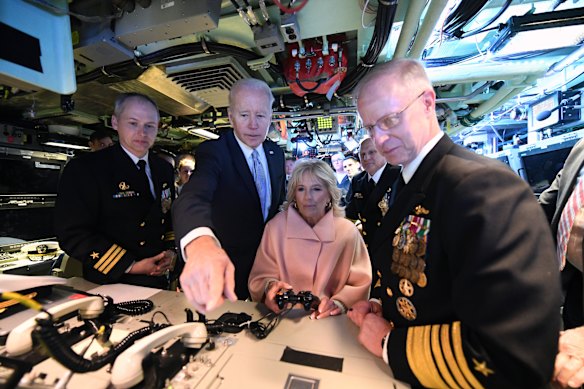
US Fleet Forces Commander Daryl Caudle, right, with then president Joe Biden in a Virginia-class submarine in 2022.
“That’s going to require a transformational improvement. Not a 10 per cent improvement, not a 20 per cent improvement – a 100 per cent improvement,” Caudle told the hearing.
“We need a transformational improvement and the ability to deliver twice the capacity that we’re currently delivering.”
In a sign of the broad and bipartisan support AUKUS enjoys in Congress, Caudle was pressed by Senate Armed Services Committee chairman Roger Wicker – a long-serving Mississippi Republican – on the need to meet the benchmark and fulfil the AUKUS demands.
Caudle agreed. “There needs to be some creativity, some ingenuity, some outsourcing improvements,” he said. “We need an all-hands-on-deck approach to this to get to the 2.3 submarines per year.”
In his written testimony, Caudle told the committee: “Current trends are worrying, and should I be confirmed, this issue will have my utmost attention and priority to ensure a productive outcome.”
Last week, this masthead revealed Australia had paid a second instalment of about $800 million into the US maritime industrial base, following an initial cheque in February. Prime Minister Anthony Albanese said the payments followed an agreed schedule.
The Pentagon subsequently confirmed to this masthead that the second payment was made in June. Defence Minister Richard Marles has said Australia was aware of the Pentagon’s AUKUS review “weeks” before it was publicly revealed on June 11.
Loading
The Pentagon also declined to reveal how the money would be spent. “The Department of Defence will stay in close contact with Australia about any planned expenditure of these funds,” a US defence official said. “We will not comment otherwise on the status or planned allocation of these investments.”
Uncertainty about the future of AUKUS under the Trump administration’s America First agenda has prompted some allies of Australia in Congress to increase the pressure on senior officials.
Democratic congressman Joe Courtney, who co-chairs the Friends of Australia caucus, said Australia’s second $800 million payment underscored the depth of its commitment to AUKUS.
“If there are improvements that the review is going to put forward, I think we would embrace them,” he said.
Loading
“But to sort of stop it or retard it would be a huge mistake.”
Courtney is also spearheading a push to boost the US’s own spending on Virginia-class submarines by $US1 billion ($1.54 billion) next year, saying it would address a shortfall in Trump’s proposed budget. The measure is yet to pass through Congress.
In April, Trump signed an executive order aimed at “restoring American maritime dominance”. However, the shipbuilding unit moved from the National Security Council to the Office of Management and Budget, and its exact role is still unclear.
Most Viewed in World
Loading


